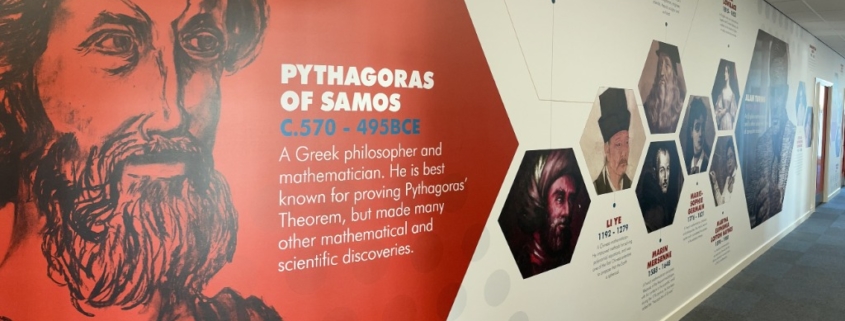Maths
This term has been filled with hard work and great progress by all.
We introduced Year 7s to Algebra and have been working on mental maths skills. Year 8s have been learning how to represent and interpret data and are growing in confidence with a Cartesian plane. Thinking abstractly about conjectures has been the focus for Year 9 as well as working with solids and other 3D shapes. Year 10 have been learning Trigonometry and Simultaneous Equations while Year 11s have been learning about Functions.
Pupils have begun completing home learning on Sparx which is helping their progress in Maths.
In Years 10 and 11 we have groups of pupils working beyond GCSE content on the Level 2 Further Maths course.
We are looking forward to the It All Adds Up girls’ Maths conference at Oxford University in January as well as the Maths In Action workshop in London in March. February and April will hold the UKMT Intermediate and Junior Maths Challenges, so be sure to keep challenging your brain over the holiday!



